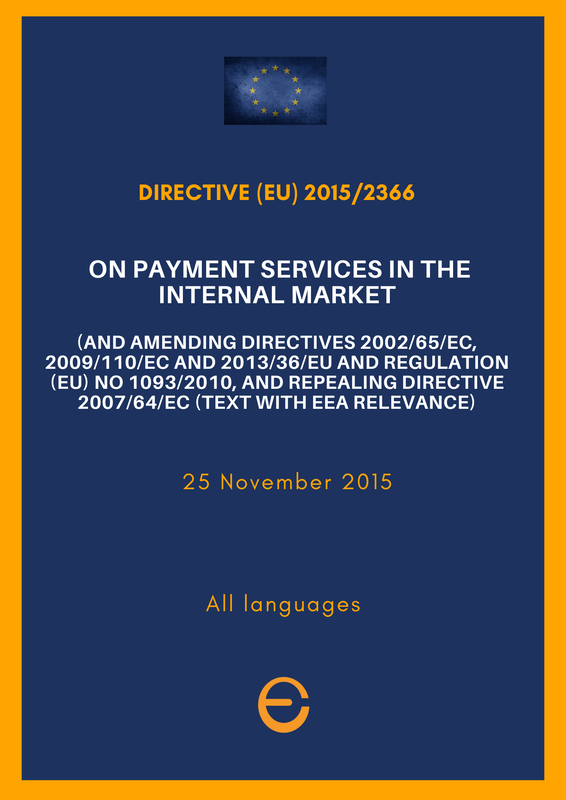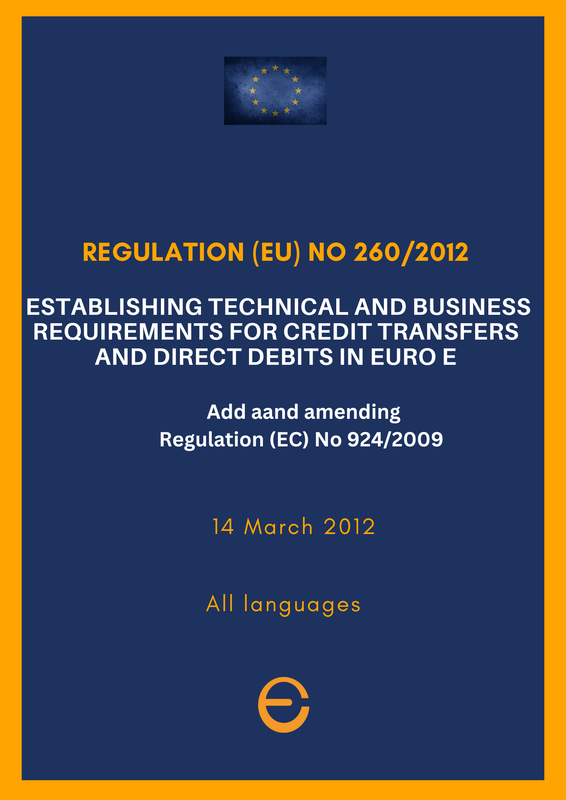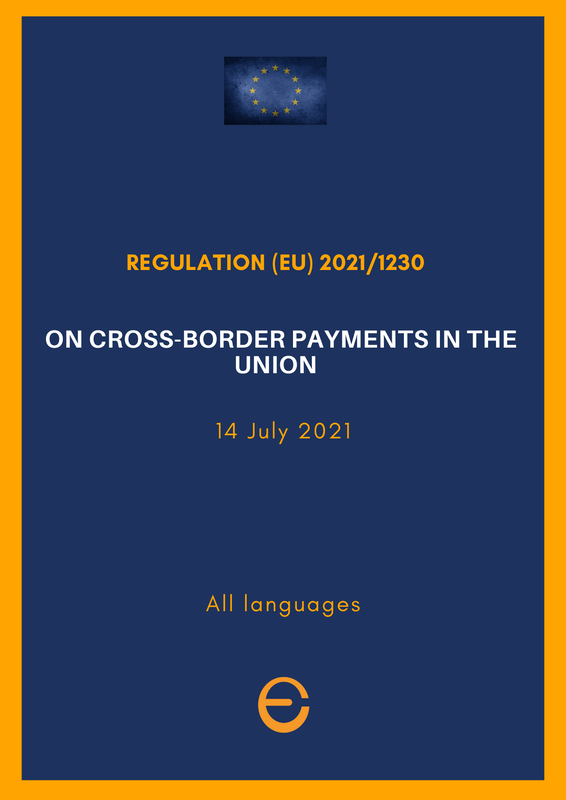|
Brussels, |
|
SEPA - Single euro payments area
SEPA is a european single set of tools and standards for payments in euro.
The Single Euro Payments Area (SEPA) is a system that standardizes cashless euro payments across Europe, allowing European consumers, businesses, and public administrations to conduct various types of transactions, including credit transfers, direct debit payments, and card payments, under the same basic conditions. This simplifies all cross-border electronic payments in euros, making them as convenient as domestic payments.
SEPA covers the entire European Union and extends its geographical scope to include other countries and territories such as Andorra, Iceland, Norway, Switzerland, Liechtenstein, Monaco, San Marino, the United Kingdom, Vatican City State, Mayotte, Saint-Pierre-et Miquelon, Guernsey, Jersey, and the Isle of Man.
The benefits of SEPA include:
1. A Unified System: SEPA provides a single system for both domestic and cross-border bank transfers, streamlining payment processes.
2. Cross-Border Direct Debit: It allows for cross-border direct debit transactions, enabling the charging of an account in one country for services provided in another country.
3. Mobility for Individuals: People working or studying in another SEPA country can use their existing home country account to receive their salary or pay bills in the new country, enhancing financial mobility.
4. Cost Efficiency and Transparency: SEPA ensures cheaper, safer, and faster cross-border payments and promotes transparent pricing through a single set of payment schemes and standards, benefiting both consumers and businesses.
SEPA covers the entire European Union and extends its geographical scope to include other countries and territories such as Andorra, Iceland, Norway, Switzerland, Liechtenstein, Monaco, San Marino, the United Kingdom, Vatican City State, Mayotte, Saint-Pierre-et Miquelon, Guernsey, Jersey, and the Isle of Man.
The benefits of SEPA include:
1. A Unified System: SEPA provides a single system for both domestic and cross-border bank transfers, streamlining payment processes.
2. Cross-Border Direct Debit: It allows for cross-border direct debit transactions, enabling the charging of an account in one country for services provided in another country.
3. Mobility for Individuals: People working or studying in another SEPA country can use their existing home country account to receive their salary or pay bills in the new country, enhancing financial mobility.
4. Cost Efficiency and Transparency: SEPA ensures cheaper, safer, and faster cross-border payments and promotes transparent pricing through a single set of payment schemes and standards, benefiting both consumers and businesses.
SEPA Legal framework
There are three main legislative text on SEPA
|
1. (EU) Payment Services Directive 2015/2366, PSD2
It lays down the legal foundation for SEPA. Directive (EU) 2015/2366, also known as PSD2 (Revised Payment Service Directive), aims to create a more integrated internal market for electronic payments within the European Union (EU). Key objectives and points include: a. Harmonized Rules: PSD2 establishes comprehensive rules for payment services, ensuring uniform regulations for payment services across the EU and a high level of consumer protection. b. Competition and Choice: The directive promotes competition and choice by opening up payment markets to new entrants, leading to better prices and services for consumers. c. Single Euro Payments Area (SEPA): It provides the legal basis for SEPA, simplifying euro payments across borders. |
d. Repeal of Directive 2007/64/EC: PSD2 replaced Directive 2007/64/EC as of January 13, 2018.
The directive is complemented by Regulation (EU) 2015/751, which caps the interchange fees charged between banks for card-based transactions. This is expected to drive down the costs for businesses in accepting consumer debit and credit cards.
Key Provisions of PSD2:
- Licensing for Payment Institutions: It introduces a licensing regime for payment institutions, including those offering account information and payment initiation services (open banking).
- Transparency: PSD2 mandates transparency in conditions and information requirements for payment services, including charges.
- User and Provider Rights and Obligations: It outlines the rights and obligations of both users and providers of payment services.
- Security Requirements: The directive enforces strict security requirements for electronic payments to ensure safe authentication and reduce fraud risk.
The Commission has adopted the following implementing and delegated acts with regards to implementing or regulatory technical standards respectively:
The directive is complemented by Regulation (EU) 2015/751, which caps the interchange fees charged between banks for card-based transactions. This is expected to drive down the costs for businesses in accepting consumer debit and credit cards.
Key Provisions of PSD2:
- Licensing for Payment Institutions: It introduces a licensing regime for payment institutions, including those offering account information and payment initiation services (open banking).
- Transparency: PSD2 mandates transparency in conditions and information requirements for payment services, including charges.
- User and Provider Rights and Obligations: It outlines the rights and obligations of both users and providers of payment services.
- Security Requirements: The directive enforces strict security requirements for electronic payments to ensure safe authentication and reduce fraud risk.
The Commission has adopted the following implementing and delegated acts with regards to implementing or regulatory technical standards respectively:
- Delegated Regulation (EU) 2017/2055 on the cooperation and exchange of information between relevant authorities, relating to the right of establishment and the freedom to provide services of payment institutions.
- Delegated Regulation (EU) 2018/389 (as amended by Delegated Regulation (EU) 2022/2360) on customer authentication and common and secure open standards of communication.
- Implementing Regulation (EU) 2019/410 on the details and structure of the information to be notified by relevant authorities to the EBA in the field of payment services.
- Delegated Regulation (EU) 2019/411 on the development, operation and maintenance of the electronic central register within the field of payment services, and on access to the information contained in this register.
- Delegated Regulation (EU) 2020/1423 on the criteria for appointing central contact points within the field of payment services and on the functions of those central contact points.
- Delegated Regulation (EU) 2021/1722 on the framework for cooperation and the exchange of information between the relevant Member States’ authorities in the context of cross-border provision of payment services.
|
2. SEPA Regulation (EU) No 260/2012.
It sets the rules and a deadline in February 2014 (later postponed to August 2014) for euro area countries to make credit transfers and direct debits in euro under the same conditions. It also contains arrangements for euro transfers in euros in countries outside of the euro area. It aims to standardize euro payments across Europe, with key points including: "Reachability": National accounts used for credit transfers and direct debits within each country should be accessible EU-wide. Uniform Rules: The same rules apply to both national and cross-border transactions. Interoperability: Payment systems should be compatible with each other. Transaction Conditions: Credit transfers and direct debits must meet specific conditions, including the use of standardized international bank account numbers and bank identifier codes for euro payments. Key Dates: Various deadlines were set for implementation, including the adoption of a common format for credit transfers and direct debits and the elimination of multilateral interchange fees. National Responsibilities: EU countries had to appoint authorities, establish penalty rules, and create complaint and redress procedures to enforce SEPA regulations. European Commission Oversight: The European Commission had the authority to adopt delegated acts and was required to report on the legislation's implementation. |
Regulation (EU) No 248/2014 introduced transitional arrangements that ended on 1 February 2017, further solidifying SEPA's integration efforts.
|
It was, established within the framework of SEPA, mandates that banks apply identical charges for domestic and cross-border electronic payment transactions in euros. This regulation, subsequently amended by the SEPA regulation, aims to foster a more integrated euro payment services market. The principle of equal charges applies to various electronically processed euro payments, encompassing credit transfers, direct debits, ATM withdrawals, debit and credit card payments, and money remittances. Some countries outside the euro area, such as Sweden and Romania, have opted to extend these rules to their national currencies. In April 2018, the European Commission proposed to extend these benefits to consumers and businesses in non-euro countries. The proposal aims to enable all EU residents to transfer money across borders in euros at the same cost as domestic transactions. Additionally, it mandates that consumers be informed of the currency conversion cost before making payments abroad in a different currency than their own. |
Source: European Union, http://www.europa.eu/, 1998-2024
|
Brussels - Milano - Nice - Tokyo
|
eEuropa Belgium
Avenue Louise, 367 1050 Brussels BELGIUM Bld. Franck Pilatte, 19 bis
06300 Nice FRANCE YONO HOUSE 9-1 KAMIOCHIAI, SAITAMA-SHI, SAITAMA-KEN 〒 338-0001 JAPAN Via S. Veniero 6 20148 Milano ITALY |
All rights reserved - © Copyright eEuropa Belgium 2020-2024




